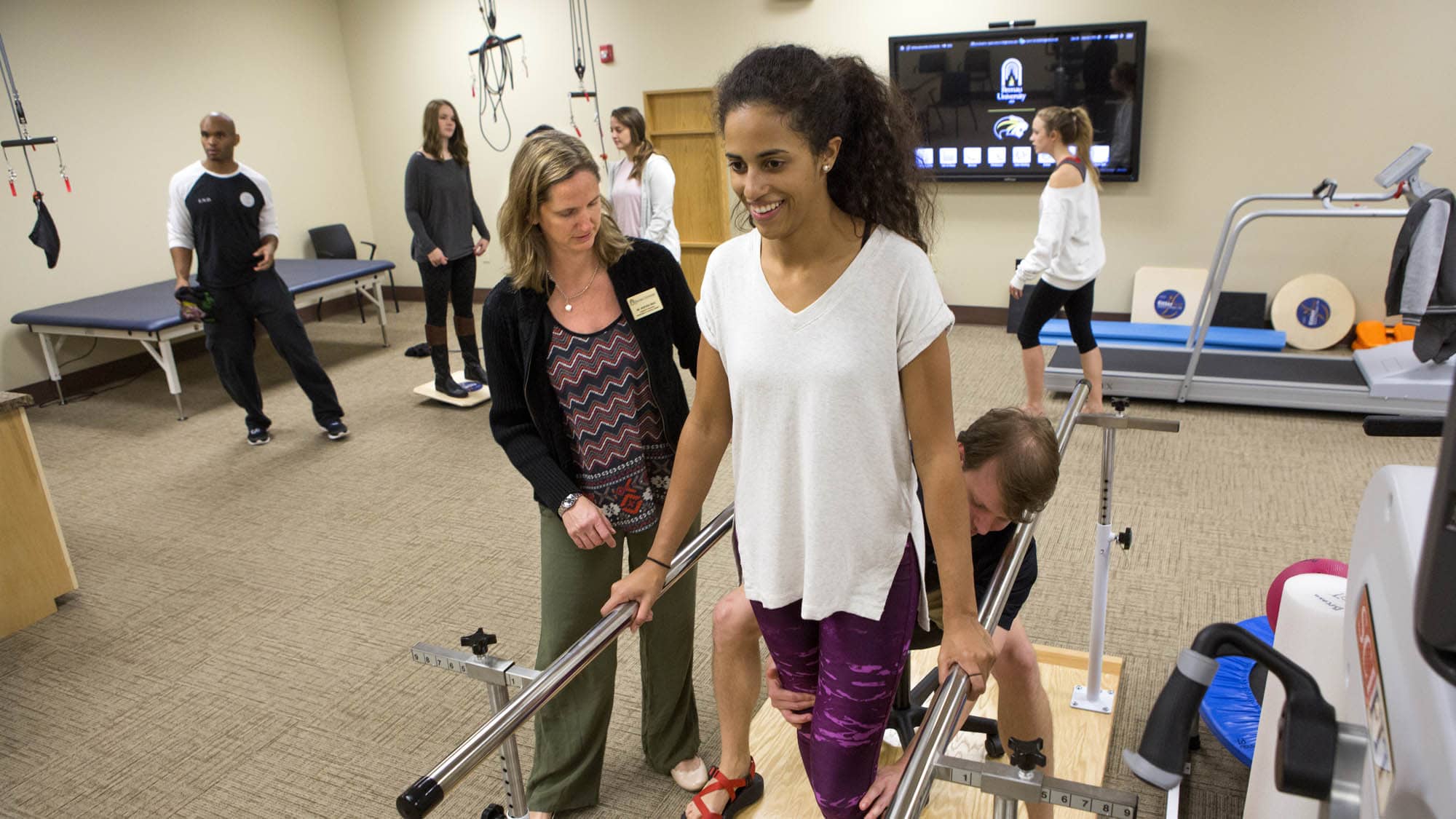Efficient Methods to Reduce the Risk of Sudden Injuries in Athletics Through Targeted Preventative Strategies
Efficient Methods to Reduce the Risk of Sudden Injuries in Athletics Through Targeted Preventative Strategies
Blog Article

Sudden traumas in athletics can occur unexpectedly and frequently lead to critical problems for athletes. These injuries can range from sprains and strains to fractures and head injuries. To assist reduce these traumas, it is crucial to adopt focused protective strategies. These strategies concentrate on awareness, appropriate preparation, gear use, and overall health maintenance. By addressing these key areas, players can considerably reduce their chances of suffering from acute injuries while participating in their favorite sports.
One successful method to minimizing the likelihood of traumas is through instruction. Athletes, coaches, and guardians should be educated about the typical types of injuries associated with specific activities. Comprehending the dynamics of these injuries allows everyone to identify the indicators and signals early. Educational workshops or seminars can help teach athletes about proper techniques and the importance of warming up before games or training sessions. This understanding empowers athletes to take responsibility for their safety and encourages them to communicate any worries about possible injuries.
Another important protective strategy is adequate training. Athletes should participate in a well-rounded training program that centers on building strength, flexibility, and endurance. Strength training helps build the muscle groups that support joints, reducing the likelihood of traumas. Flexibility routines, such as stretching, can improve the scope of motion and reduce the chance of muscle tears. Additionally, players should include sport-specific drills that mimic game situations, which can assist them become more familiar with the movements involved in their selected sport. Coaches play a vital role in developing and executing these training programs to ensure they are safe and efficient.
The use of suitable equipment is also essential in preventing acute injuries in athletics. Players should always wear the appropriate equipment for their specific sport, including helmets, pads, and suitable footwear. For instance, football players need helmets to shield against head traumas, while soccer players require shin guards to shield their legs from collision. It is essential that equipment is fitted correctly and is maintained regularly to ensure it provides the necessary safeguarding. Coaches and guardians should encourage athletes to take the effort to select and use the appropriate equipment to reduce their risk of injury.
In addition to education, training, and equipment, upholding overall well-being is essential for injury avoidance. Players should prioritize adequate visit this web-site nutrition, hydration, and rest to keep their physical condition in top condition. A nutritious diet rich in vitamins and minerals aids support muscle recovery and overall athletic performance. Staying hydrated is also important, as dehydration can result to fatigue and increase the risk of traumas. Lastly, achieving enough sleep is crucial for recovery and maintaining focus during practices and matches. By promoting good well-being habits, athletes can improve their performance and lower their risk of suffering from acute traumas.
In conclusion, reducing the risk of acute traumas in athletics requires a comprehensive method that includes awareness, proper training, suitable gear, and overall well-being maintenance. By concentrating on these specific protective strategies, players can more effectively safeguard themselves from the risks of traumas. Trainers, guardians, and athletes all have important roles to play in fostering a safe sports environment. By working together and prioritizing safety, the enjoyment of sports can continue without the interruption of painful injuries.